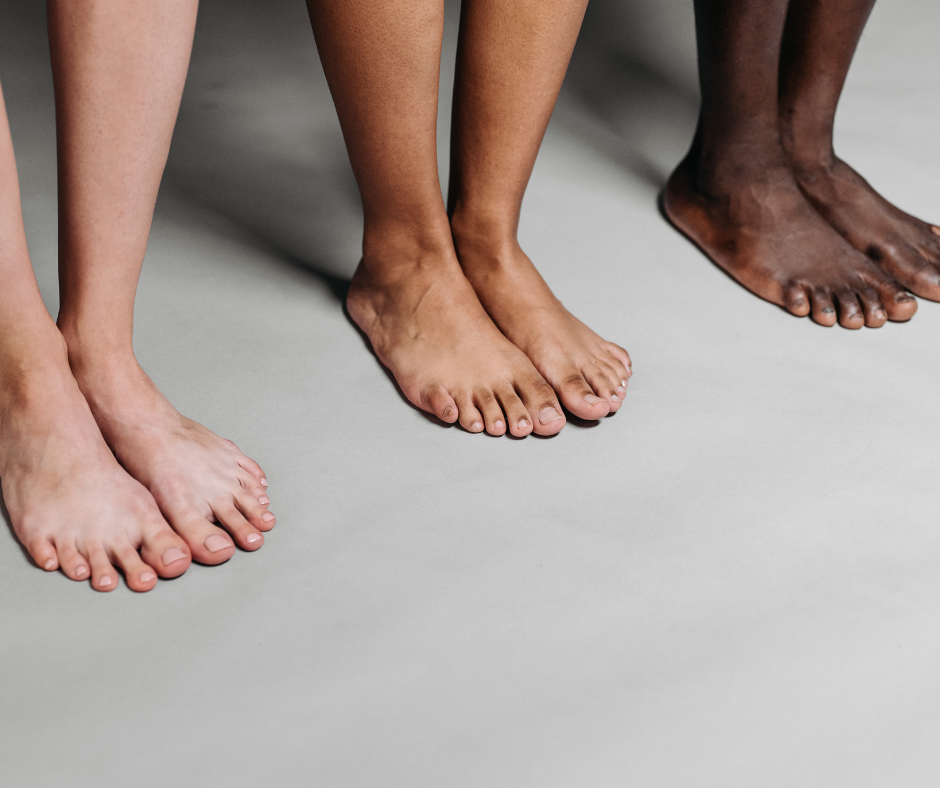Footwear
Your feet are a network of weight-bearing joints and it’s important to look after them.
Wearing good, supportive, properly fitting footwear is an essential part of caring for your feet. It can improve your balance and posture and support the Falls Prevention strategy, as well as reducing the strain on other key joints.
We offer a variety of activities on the ward that require sensible footwear these include individual, and group walks in the community and spending time completing gardening activities in our dedicated outside space.
How do I choose the right footwear?
Support, comfort, and protection should be your priorities when choosing new footwear.
Support
Your footwear needs to support the whole of your foot.
Good footwear should:
- not press or dig into any part of your foot
- gently hold your foot in a secure position
- be firm but comfortable around the heel
- have a round front, deep enough for your toes to move
- have a thick, lightweight rubber or non-slip sole
Fastenings
The shape of your feet can alter throughout the day. Footwear with an adjustable fastening can allow for changes without reducing the support it offers.
Comfort
You should choose footwear that fits comfortably from the start. It should be deep and wide enough for your foot and any insoles or supports you use with them.
Protection
Your footwear needs to protect your feet from getting damp, cold, or hot and sweaty, so a breathable material on the top of the shoe is important.
Shoes with a leather upper and lining are traditionally considered a good choice but there are various man-made materials designed to be breathable and water-resistant.
Your footwear needs to be:
- flexible so you can move your foot
- sturdy enough to support your foot structure and protect it from any knocks
- breathable so it allows air to circulate around the foot.
Indoor and outdoor shoes
Slippers with soft uppers can be more comfortable than shoes on painful feet. However, if you have been prescribed insoles or inserts you should limit the amount of time you wear slippers.
Slipper Socks
Slipper Socks are socks that incorporate a tread, which is intended to improve traction/slip resistance during mobilisation/walking and are given to patients who are assessed or perceived to be at increased risk of falling.
Slipper Socks are given by NHS clinical staff as temporary footwear when patients do not have any (or any suitable) footwear to support with Falls Prevention and are not intended for long term use.
Foot Care
Ward staff closely monitor the health of their feet and will make relevant referrals to the Podiatrist and Orthotics as required. A chiropodist can provide basic foot health maintenance such as nail cutting and hard skin removal – the ward will support with arranging this for your family member.
Buying Footwear
Your family members feet can change shape and or swell whilst being on the ward, we may contact you to provide additional footwear to accommodate the change in their foot size.
You might wish to consider purchasing shoes/slippers from these suppliers. This is not compulsary.

How to Measure your Feet at Home
Every brand is different, just like every foot. We recommend getting your feet measured regularly by a professional for both length and width.
Use the following method to determine your shoe size when ordering online.
- Draw a straight line longer than your foot on a piece of paper.
- Place the paper on a flat surface.
- STAND on the line with your heel and longest toe centred.
- Place a mark on the line at the tip of the longest toe and at the back of the heel.
- Repeat steps above for the other foot.
- Measure the distance between the marks. Taking the larger of the two measurements.
- Use the brand-specific size chart to find your correct size.
This advice has been compiled by Roksana and Aimee in the Physiotherapy team

